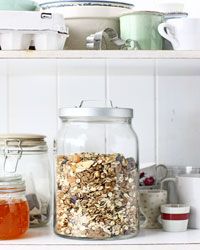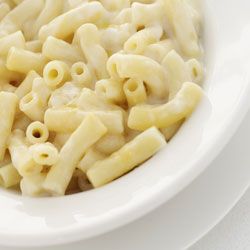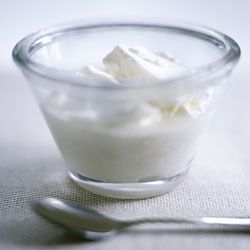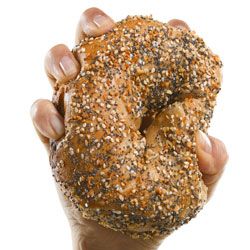As long as there has been food, there have been picky eaters. Just as cave parents must have pleaded with their youngsters to eat a handful of grubs and roots, parents today tear their hair out trying to get their own kids to eat something besides plain hot dogs and string cheese. Most children eventually grow out of picky eating, but until then, how do you make sure they're getting all the vitamins and minerals they need? Subterfuge? Coercion? Getting kids to eat right and to love healthy food for the rest of their lives takes patience and a gentle hand. Sometimes, it takes sleight of hand. Here are a few tips for slipping some nutrient-packed ingredients into your kids' favorite meals.
Advertisement






